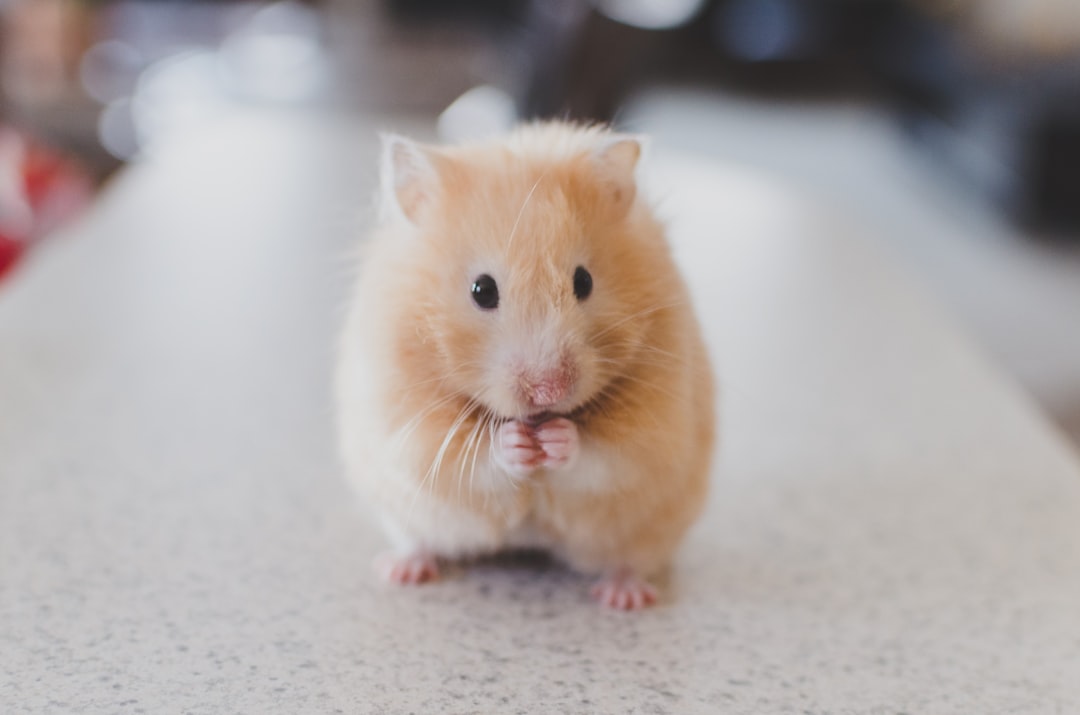Hamsters are adorable, tiny creatures with a reputation for stuffing their cheeks full of tasty treats. As a responsible hamster owner, you naturally want to provide your furry friend with the best possible diet. But with so many fruits and vegetables available, it can be hard to know what’s safe. You might be wondering, “Can hamsters eat java plum?” Let’s dive in and find out!
Can Hamsters Eat Java Plum? The Short Answer
The short answer is: Yes, hamsters can eat java plum in moderation. Java plums, also known as jambul or black plum, are generally safe for hamsters, but it’s important to understand the potential benefits and risks before offering this fruit to your little companion.
Understanding Java Plums
Java plums are small, dark purple fruits with a sweet and slightly tart flavor. They’re packed with nutrients like vitamin C, antioxidants, and fiber, which can potentially offer some health benefits.
Potential Health Benefits for Hamsters
While hamsters don’t require a lot of fruit in their diet, a small amount of java plum might offer the following benefits:
- Antioxidants: Java plums are rich in antioxidants, which can help protect cells from damage and support overall health.
- Vitamin C: Vitamin C is essential for immune function and can help your hamster stay healthy and fight off infections.
- Fiber: The fiber in java plums can aid digestion and prevent constipation. However, too much fiber can also cause digestive upset, so moderation is key.
Potential Risks of Feeding Java Plums to Hamsters
Despite the potential benefits, there are also risks to consider when feeding java plums to hamsters:
- Sugar Content: Java plums contain sugar, and too much sugar can lead to obesity, dental problems, and diabetes in hamsters.
- Acidity: The acidity of java plums might irritate a hamster’s mouth or digestive system if consumed in large quantities.
- Pesticides: If the java plums are not organic, they may contain harmful pesticides that could be toxic to your hamster. Always wash them thoroughly.
- The Pit: The pit inside the java plum is a choking hazard and could also potentially contain trace amounts of cyanide-like compounds. Always remove the pit before feeding.
How to Safely Introduce Java Plum to Your Hamster
Introducing any new food to your hamster should be done gradually and carefully. Here’s how to safely introduce java plum:
- Choose Ripe, Organic Java Plums: Select ripe, organic java plums to minimize the risk of pesticides and ensure they are at their sweetest.
- Wash Thoroughly: Wash the java plum thoroughly to remove any dirt or potential contaminants.
- Remove the Pit: Carefully remove the pit from the java plum.
- Offer a Tiny Piece: Start by offering your hamster a very small piece of the java plum, about the size of a pea.
- Observe Your Hamster: Monitor your hamster for any signs of digestive upset, such as diarrhea or loss of appetite.
- Limit Frequency: If your hamster tolerates the java plum well, you can offer it occasionally as a treat, but no more than once or twice a week in very small amounts.
Pros and Cons of Feeding Java Plum to Hamsters
- Pros:
- Provides antioxidants and vitamin C.
- May aid digestion due to fiber content.
- Can be a tasty and enriching treat for your hamster.
- Cons:
- High sugar content can lead to health problems.
- Acidity might cause digestive upset.
- The pit is a choking hazard.
- Potential pesticide contamination if not organic.
Alternatives to Java Plum
If you’re concerned about the risks of feeding java plums to your hamster, there are many other safe and healthy fruit and vegetable options to consider, such as:
- Blueberries: A good source of antioxidants and safe in moderation.
- Strawberries: Another tasty and nutritious berry.
- Cucumber: Hydrating and low in sugar.
- Broccoli: Provides essential vitamins and minerals.
- Carrots: A good source of vitamin A.
Frequently Asked Questions
Can baby hamsters eat java plum?
It’s best to avoid feeding java plum to baby hamsters. Their digestive systems are still developing and are more sensitive to new foods. Stick to their regular hamster food and consult with a vet before introducing any treats.
How often can I give my hamster java plum?
Java plum should only be given as an occasional treat, no more than once or twice a week, and in very small amounts (the size of a pea).
What are the signs of digestive upset in hamsters?
Signs of digestive upset in hamsters include diarrhea, loss of appetite, lethargy, and a hunched posture.
Can java plum seeds be poisonous to hamsters?
Yes, the pit of a java plum is a potential choking hazard and may contain trace amounts of compounds that are toxic. Always remove the pit before feeding the fruit to your hamster.
Should I consult a vet before feeding my hamster java plum?
If you have any concerns about your hamster’s diet or health, it’s always best to consult with a veterinarian who specializes in small animals.
In conclusion, while java plum can be a safe treat for hamsters in moderation, it’s crucial to be aware of the potential risks associated with its sugar content and acidity. Always wash the fruit thoroughly, remove the pit, and introduce it gradually into your hamster’s diet. Prioritize a balanced diet of high-quality hamster food and supplement with a variety of safe vegetables and fruits to ensure your furry friend stays happy and healthy!

